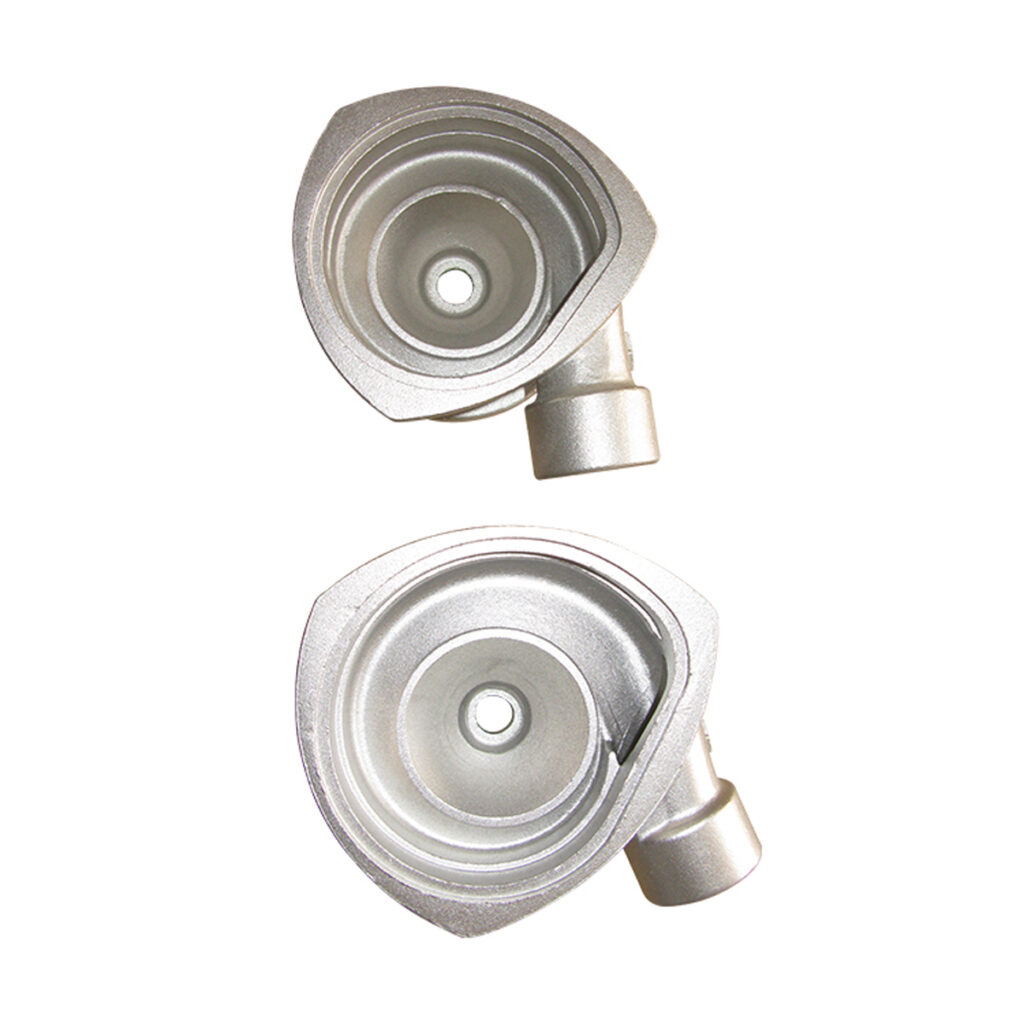Non-Destructive Testing (NDT) is the backbone of quality assurance in investment casting (IC), ensuring defect-free components for critical industries like aerospace, medical, and energy. Among the most widely used NDT methods are X-ray testing and Liquid Penetrant Testing (LPT). This guide explores their principles, applications, and best practices to help manufacturers optimize defect detection while maintaining cost efficiency.
1. Why NDT Matters in Investment Casting
Investment castings often serve in high-stress environments where micro-porosity, inclusions, or cracks can lead to catastrophic failures. NDT methods like X-ray and LPT enable:
- Early defect detection without damaging the part.
- Compliance with industry standards (e.g., ASTM E165, ASTM E1417).
- Cost savings by reducing scrap and rework.
- Enhanced reputation through consistent quality delivery.
2. X-Ray Testing in Investment Casting
2.1 How X-Ray Testing Works
X-ray testing (Radiographic Testing, RT) uses electromagnetic radiation to penetrate castings and create images revealing internal flaws. Key steps include:
- Radiation Source Setup: X-ray tubes or gamma sources (e.g., Iridium-192) are positioned based on part geometry.
- Image Capture:
- Film Radiography: Traditional silver-halide films.
- Digital Radiography (DR): Instant digital images with higher sensitivity.
- Computed Tomography (CT): 3D volumetric imaging for complex parts.
- Defect Analysis: Trained inspectors identify porosity, shrinkage, or inclusions using density contrasts.
X-Ray Inspection of Turbine Blade
Example: X-ray image revealing gas porosity in an aerospace turbine blade.
2.2 Applications in IC
- Aerospace: Turbine blades, engine mounts.
- Medical: Implants, surgical tools.
- Automotive: Transmission components.
2.3 Advantages
✔ Detects subsurface defects (e.g., internal porosity).
✔ Provides quantifiable data (void size, location).
✔ Suitable for complex geometries.
2.4 Limitations
✖ High equipment and safety costs.
✖ Requires skilled technicians for image interpretation.
✖ Limited effectiveness for surface-breaking cracks.
3. Liquid Penetrant Testing (LPT) in Investment Casting
3.1 How LPT Works
LPT is a surface defect detection method involving:
- Pre-Cleaning: Remove oil, grease, or oxides.
- Penetrant Application: Spray or immerse the part in a dye (visible or fluorescent).
- Dwell Time: Allow penetrant to seep into flaws (5–30 minutes).
- Excess Removal: Wipe with solvent or water.
- Developer Application: Draw penetrant out of defects for visibility.
- Inspection: UV light (fluorescent) or white light (visible dye) reveals cracks.
3.2 Applications in IC
- Surface Cracks: Stress fractures in engine valves.
- Leak Paths: In pump housings or manifolds.
- Post-Machining Checks: Verify weld integrity.
3.3 Advantages
✔ Low-cost and portable equipment.
✔ Detects hairline surface cracks (<0.1 mm wide).
✔ No power source is required (for visible dye).
3.4 Limitations
✖ Only detects surface defects.
✖ Requires meticulous surface preparation.
✖ Not suitable for porous materials.
4. Head-to-Head Comparison: X-Ray vs. LPT
| Parameter | X-Ray Testing | Liquid Penetrant Testing |
|---|---|---|
| Defect Type | Subsurface & internal | Surface-breaking only |
| Sensitivity | Detects voids ≥0.5% wall thickness | Detects cracks ≥0.1 mm wide |
| Speed | Slow (setup + analysis) | Fast (15–60 minutes) |
| Cost | High (equipment, training) | Low (consumables only) |
| Safety | Radiation hazards | Non-toxic (water-based penetrants) |
5. Best Practices for NDT in Investment Casting
5.1 Pre-Test Preparation
- Surface Finish: For LPT, ensure castings are cleaned of residues (use ultrasonic cleaning if needed).
- Sample Orientation: For X-ray, align the radiation source to maximize flaw visibility.
5.2 Combined Approach
- Use LPT for surface cracks and X-ray/CT for internal defects in critical parts (e.g., aerospace castings).
- Example: A medical implant manufacturer uses LPT to check for surface flaws post-machining, followed by CT scans to verify internal microstructure.
5.3 Personnel Training
- Certify inspectors to ISO 9712 standards.
- Conduct blind tests with known defects to validate accuracy.
5.4 Documentation
- Maintain digital records of X-ray images and LPT reports for traceability.
- Use AI-powered software (e.g., VisiConsult) to auto-flag anomalies in X-Ray images.
6. Case Studies
6.1 Aerospace Turbine Blade Failure Prevention
A casting supplier detected micro-shrinkage in nickel-alloy blades using high-resolution CT scans, avoiding $2M in potential engine recalls.
6.2 Medical Implant Compliance
A manufacturer combined fluorescent LPT and X-ray to meet FDA biocompatibility requirements for titanium spinal implants.
7. Future Trends in NDT
- AI-Driven Defect Recognition: Machine learning algorithms reduce human error in X-Ray analysis.
- Portable X-Ray Systems: Handheld devices for on-site inspections.
- Eco-Friendly Penetrants: Biodegradable dyes meeting REACH regulations.
8. Conclusion
X-ray and Liquid Penetrant Testing are complementary, not competing, methods in investment casting NDT. While X-Ray excels in subsurface flaw detection, LPT remains unmatched for surface crack identification. By integrating both into your QC workflow and adhering to best practices, you can ensure castings meet the highest reliability standards.



One Response
Contact our NDT specialists today to design a quality control protocol that aligns with your industry requirements! 🔍